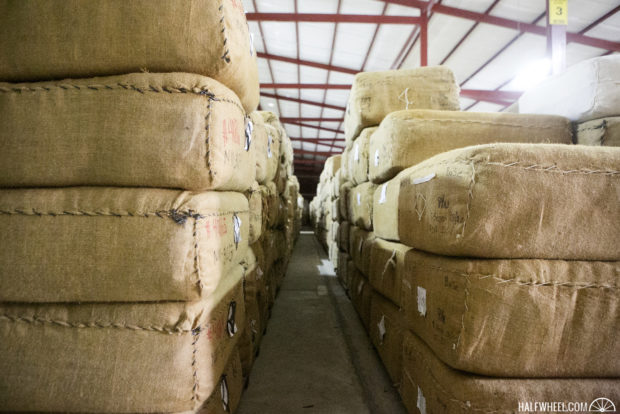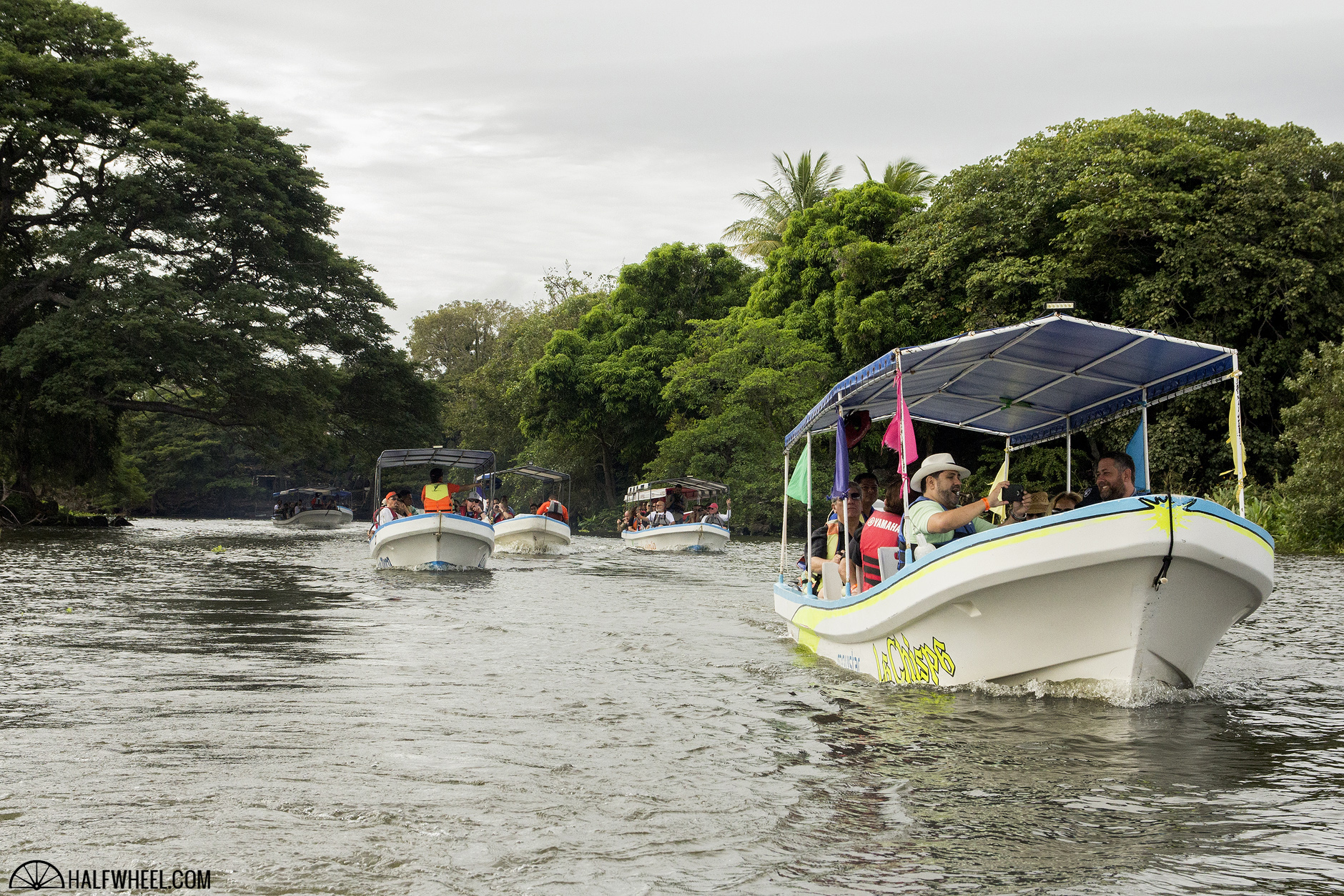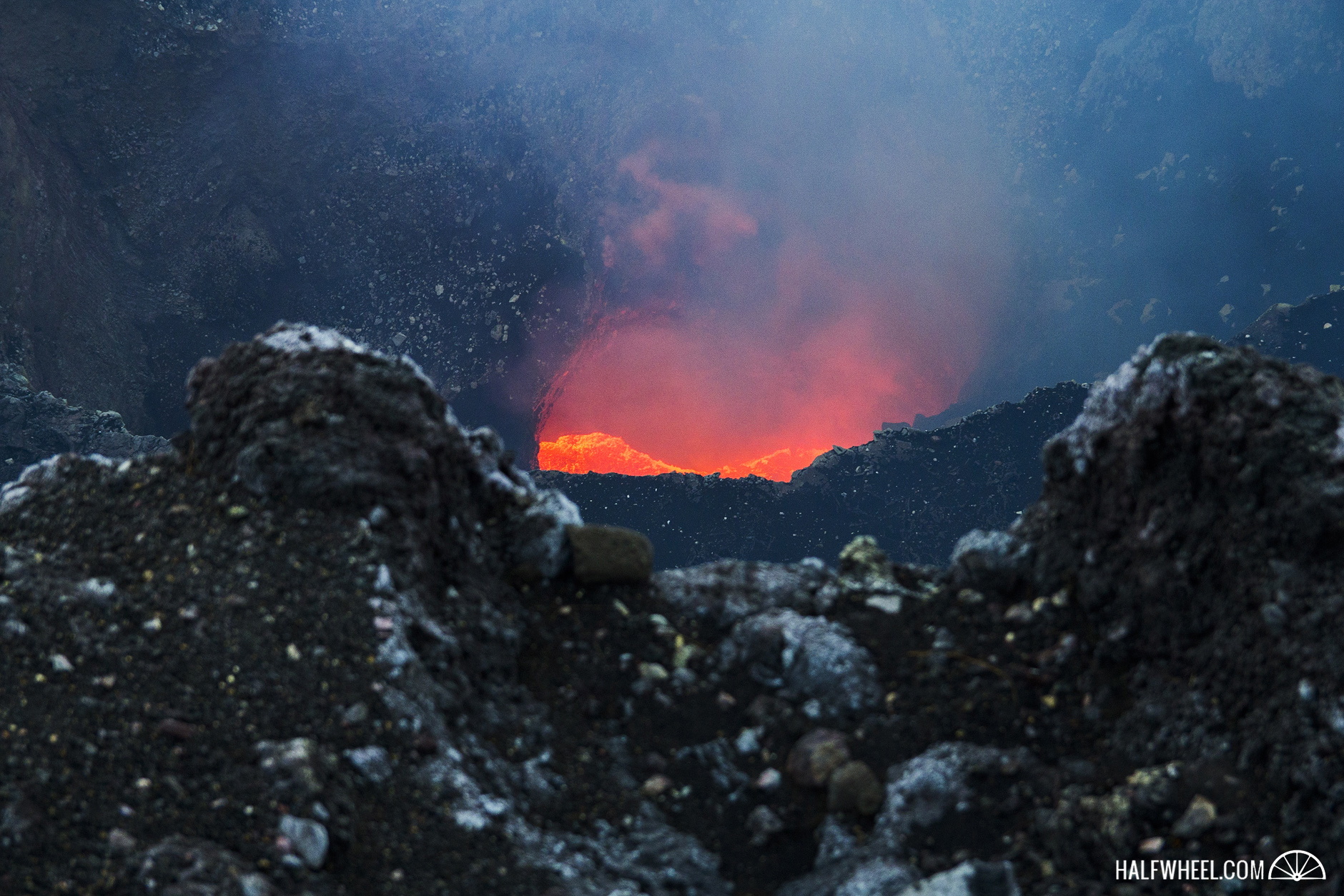At some point, a bus ride to Estelí was in order. Wednesday morning was the day.
Our busses were quickly joined by La Policía Nacional, the Nicaraguan national police, who would escort us around for the remainder of the trip. On the ride to Estelí, they certainly were helpful, particularly in making sure the caravan of 10 busses stayed together, though by the time we reached the designated stopping point, it seemed the busses had split into a few groups.
We stopped about an hour into the drive for refreshments and to enjoy our cigars. Puro Sabor provides each attendee with a box of cigars, specially banded for the event, and then what it calls “cigar moments.” Designated times when every attendee is given the same cigar. The reason behind this is two-fold. First, the festival wants guests to be able to smoke the same cigar and talk about it. Second, the festival used to just pass out cigars in mass which led to numerous problems. Some people ended up with more cigars, other people ended up with none. Some cigars went really quickly, others sat in the trays the models brought around—which is a bit disheartening.
The “cigar moment” concept is great, though the pace is a bit ridiculous at times. There’s also some awkwardness of handing us two cigars in the first part of the bus ride, another on the second half of the bus ride and a cigar during our designated rest stop. Furthermore, our less than 45-minute break was supposed to be paired with a Don Pepín García Blue Label Toro, a bit large of a cigar for the time frame.
We made it to Estelí in decent time and arrived at one of the Plasencia farms for lunch.
Puro Sabor continues to use the group system. It means people pick a group—there were seven different groups—which has a specific itinerary for each of the three days in Estelí. This is different from how Procigar handles its visits, where guests are allowed to sign up for each day individually. I am still not sure why Puro Sabor employs the group system and even at our first tour, there was at least one person who decided to go to a different factory and multiple people—yours truly—considering alternatives for the upcoming days.
I will say, the chaos that has oftentimes endured with getting everyone in their correct busses seemed much better. There was far less standing around after lunch and we quickly were off to our destinations. For me, that meant STG Estelí, a factory I’ve never been to.

STG Estelí is owned by Scandinavian Tobacco Group (STG), parent of General Cigar Co. and Cigars International. It is the smallest of three factories the company owns, the other two being General Cigar Dominicana and STG Danlí in Honduras. It employs 400 people and makes around 42,000 cigars per day, or roughly one third of what the company produces in Honduras.
It’s located in the southern side of the city on the Pan-American Highway and a bit away from most the bigger factories in the city, which are generally on the northern side of the city.
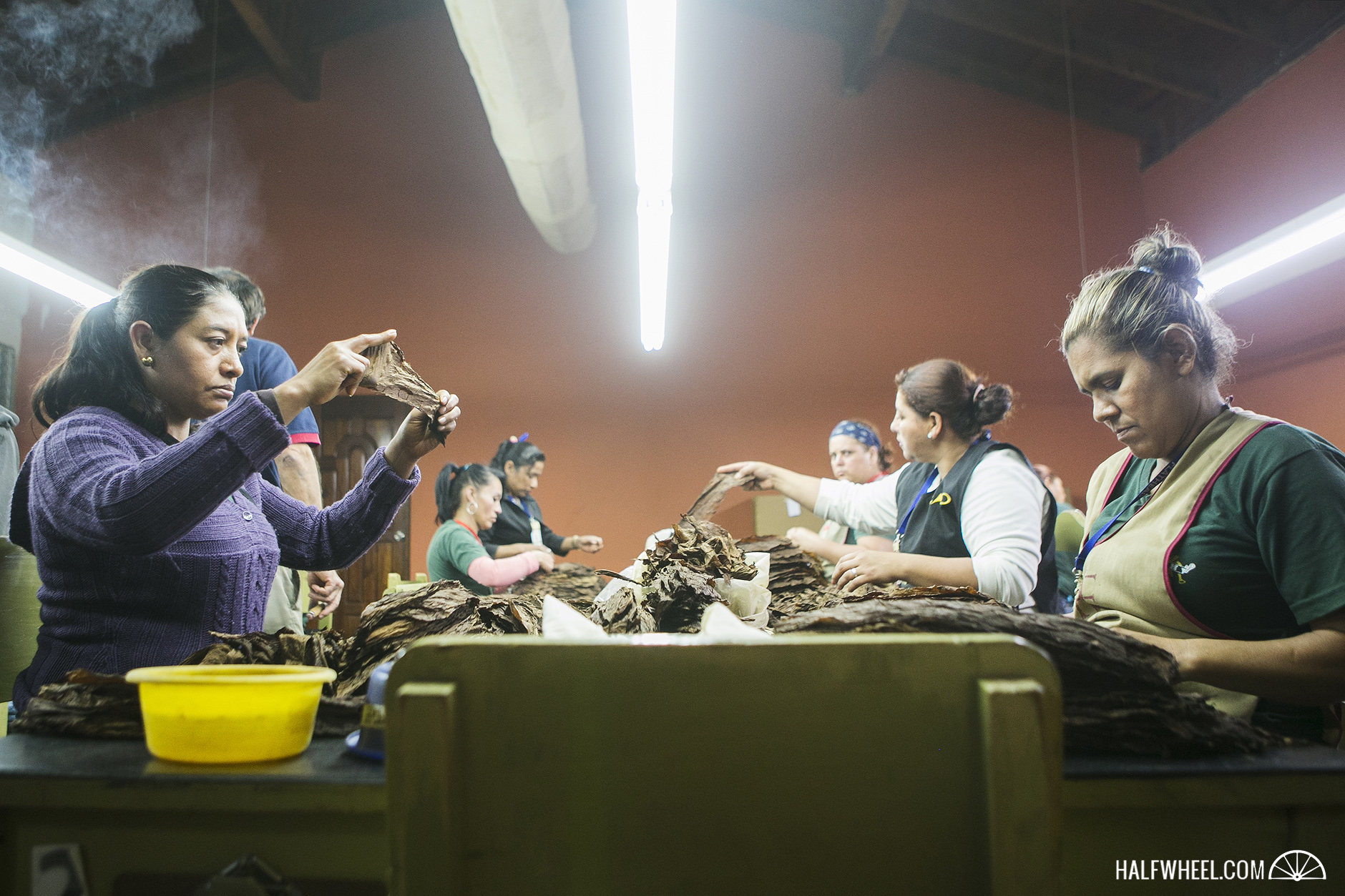
STG Estelí was founded as Latin Cigars S.A. in 1997. The factory was owned by the Toraño family and operated by Fidel Olivas, making cigars for Toraño and CAO. Overtime, STG ended up owning all three. First, the company bought CAO, then the factory, then it merged its cigar operations with Swedish Match—which eventually meant General Cigar Co. took over CAO—then it acquired Toraño.
Today, CAO and Toraño remain the biggest parts of the factory—65 percent of production is said to be for CAO while Toraño makes up 15-20 percent of production according to Hector Vanegas, the factory manager at STG Estelí. Other cigars are rolled at the factory including one interesting client brand. Last year, Oliva moved production of its Flor de Oliva bundle cigars to STG Estelí.
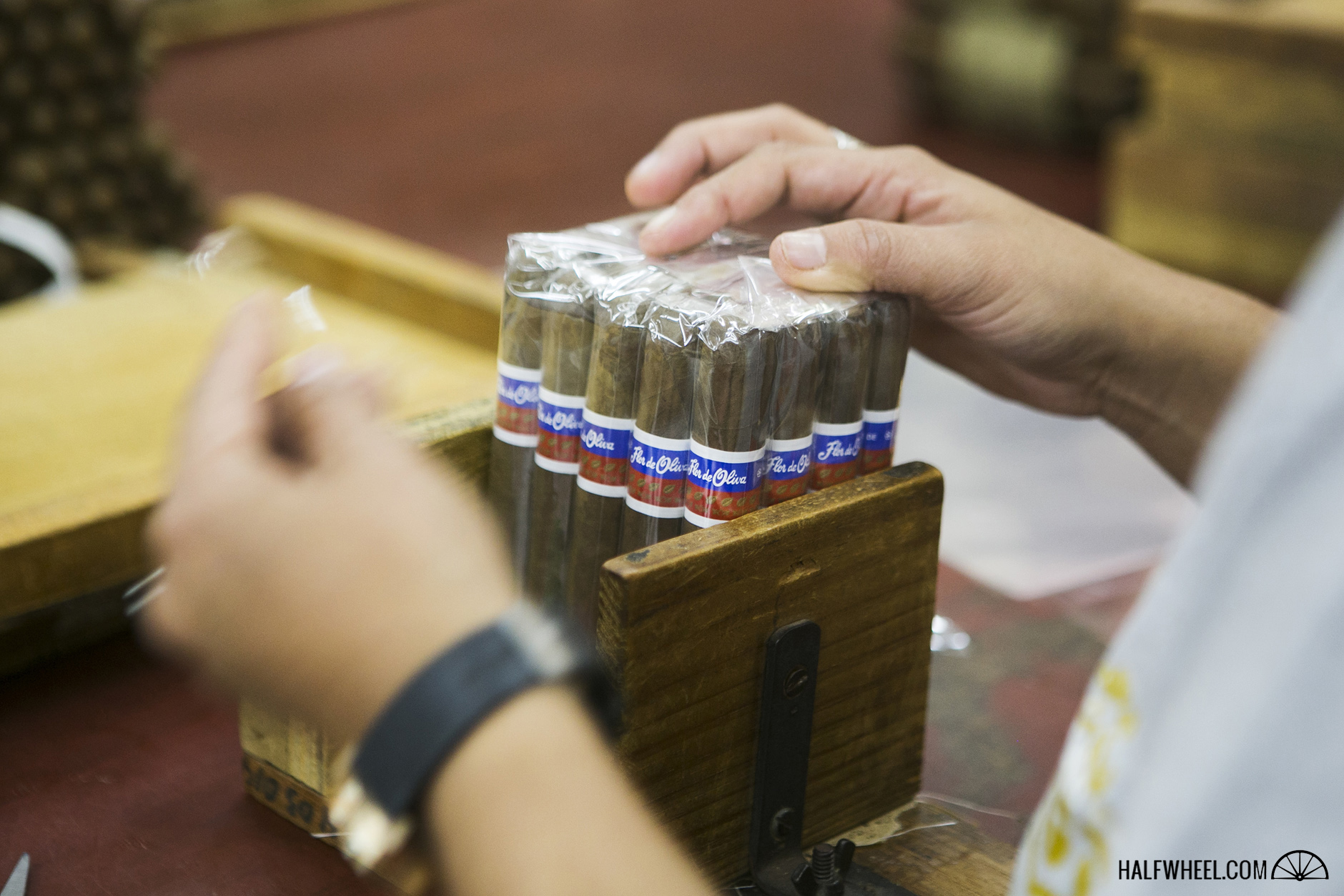
The move makes sense. Oliva’s own Estelí-based factory has been at capacity for quite some time and STG Estelí had the capacity. The two companies already have a relationship with General Cigar Dominicana producing NUb Cafe in the Dominican Republic. The move was said to have happened a while ago, so it seems like the transition is new since it’s unlikely anyone would have known about it had they not been packing the cigars.
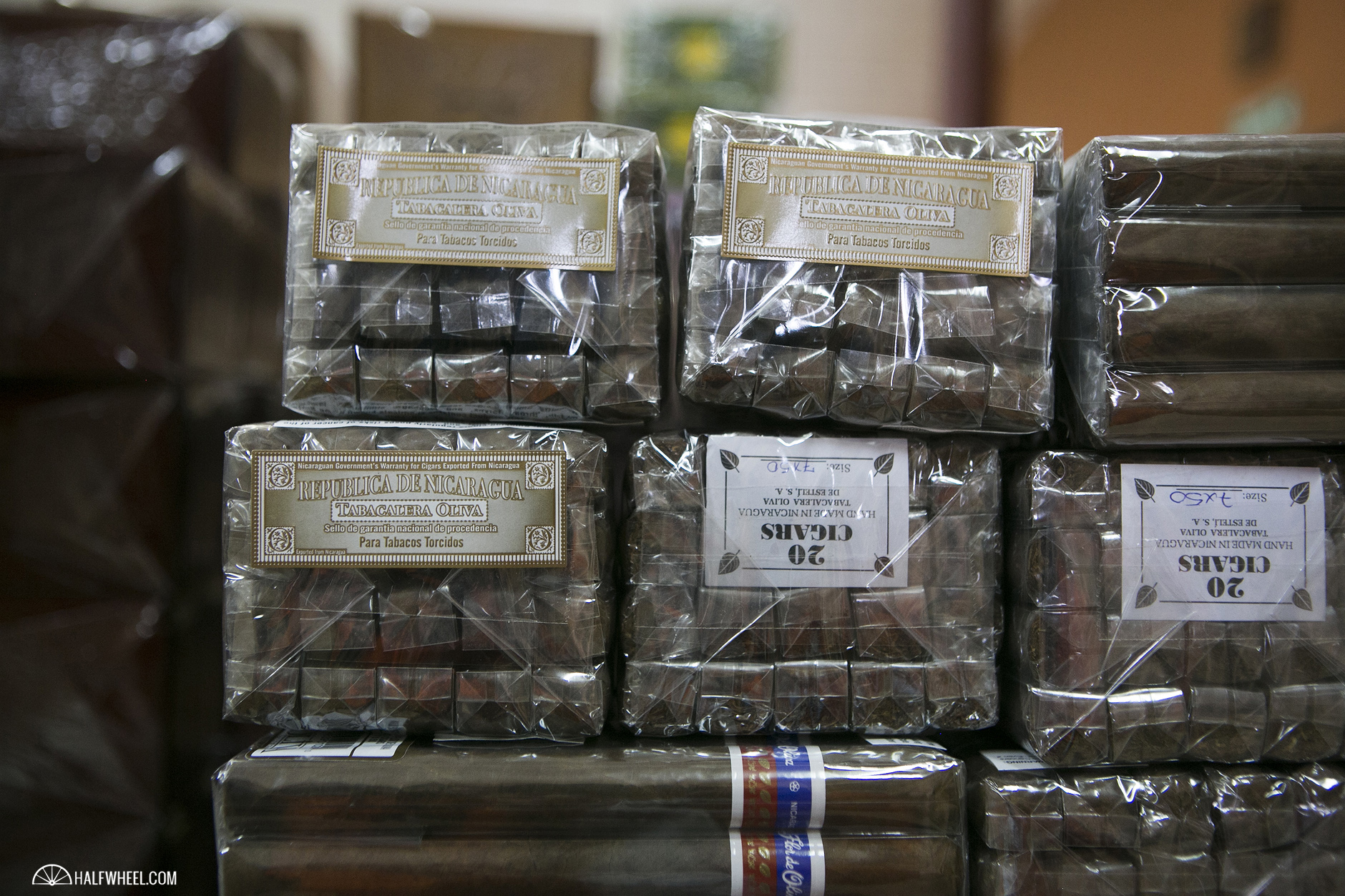
Our tour at STG Estelí was a bit weird. This is not Joya de Nicaragua or Drew Estate. This is likely one of only a few times per year the factory receives guests, particularly English-speaking guests—and it admittedly shows. Everyone was friendly, though there was not a ton of guidance, particularly about what makes the factory different.
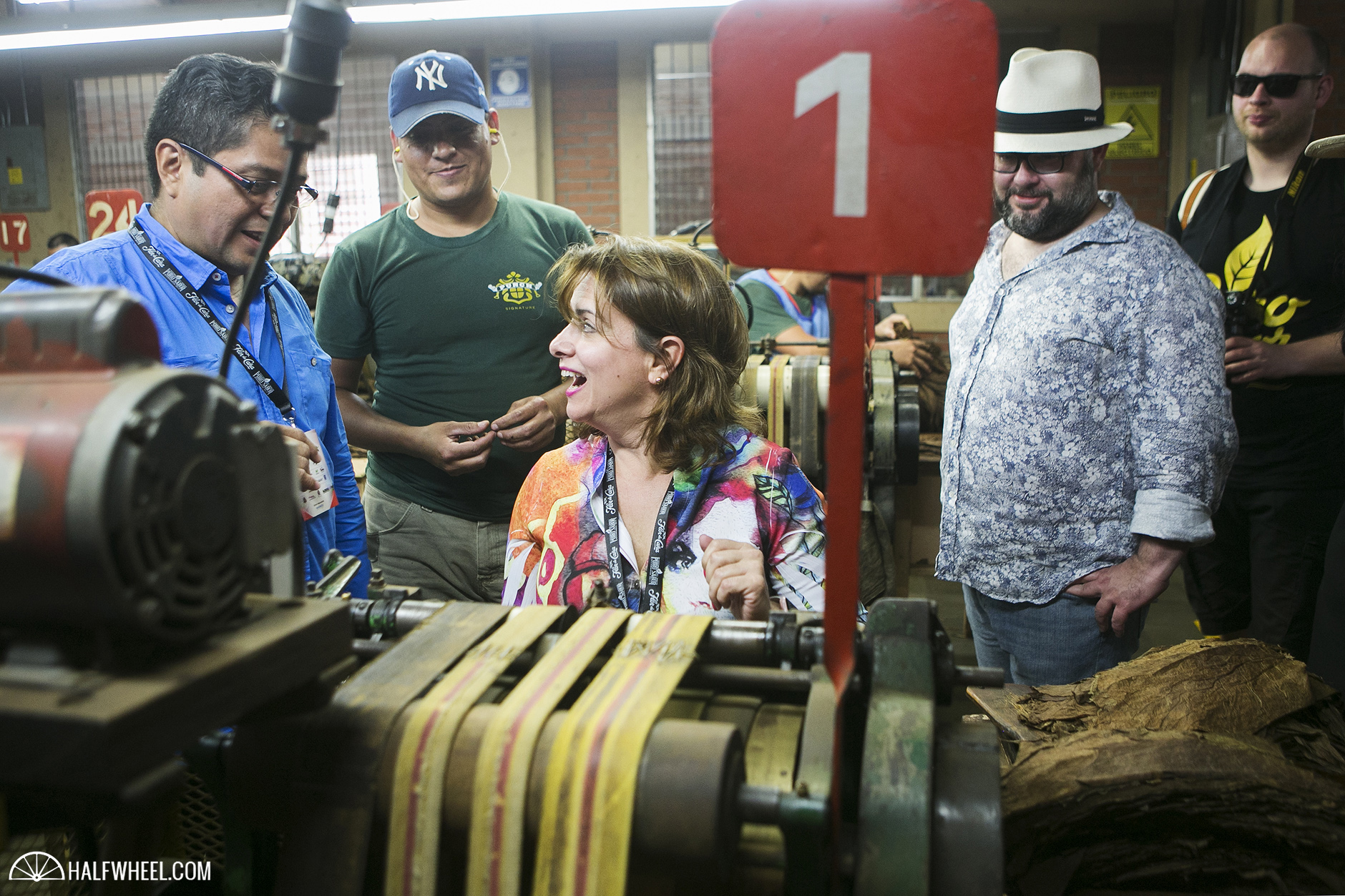
In what had “bad idea” written all over it. STG Estelí invited us to use the tobacco stripping machines, used to remove the center vein from wrapper and binder. No one injured themselves and the days without accidents went on.
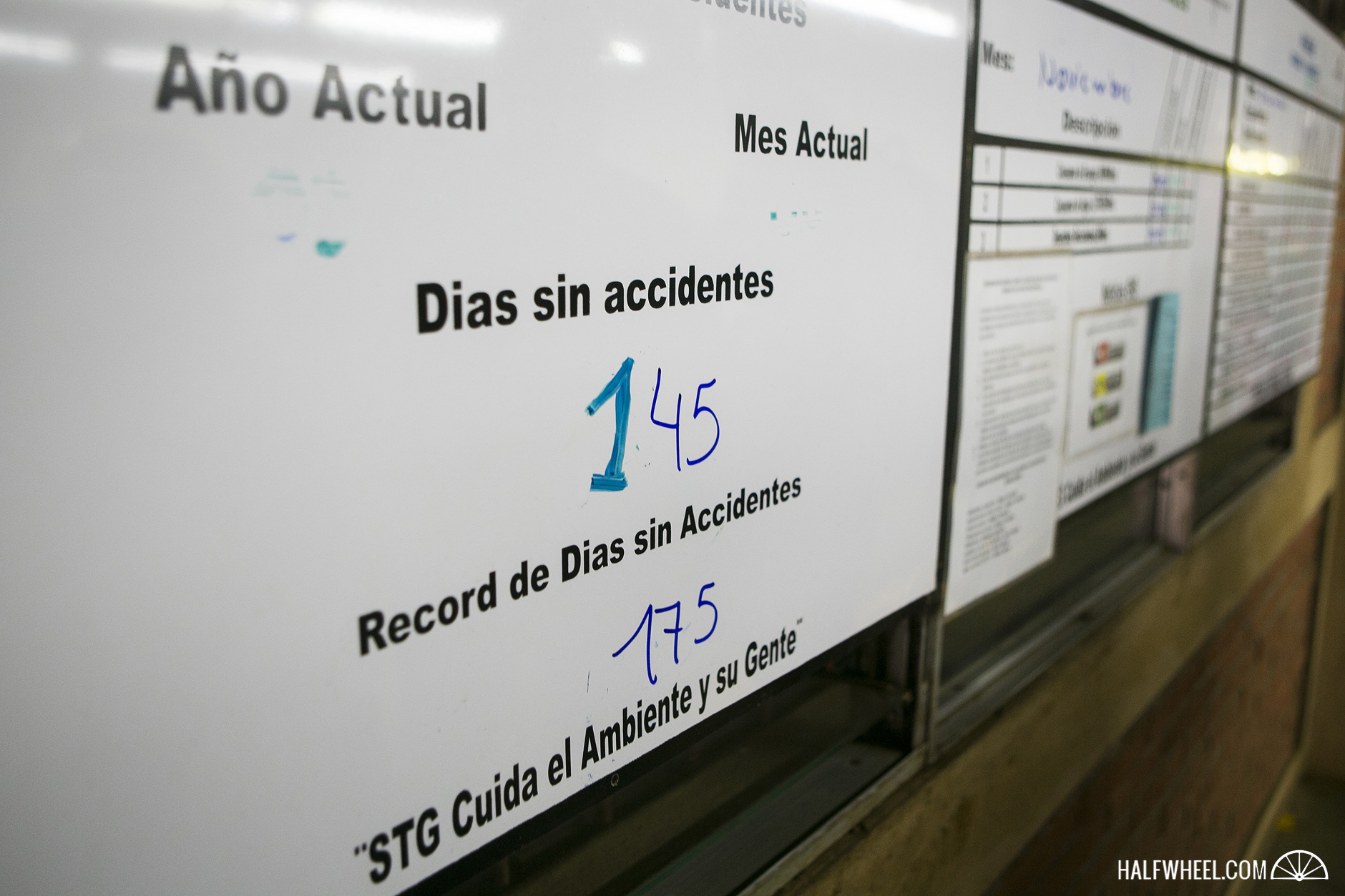
A few of the differences.

These drying racks which are used to allow some cigars to dry out a bit more.
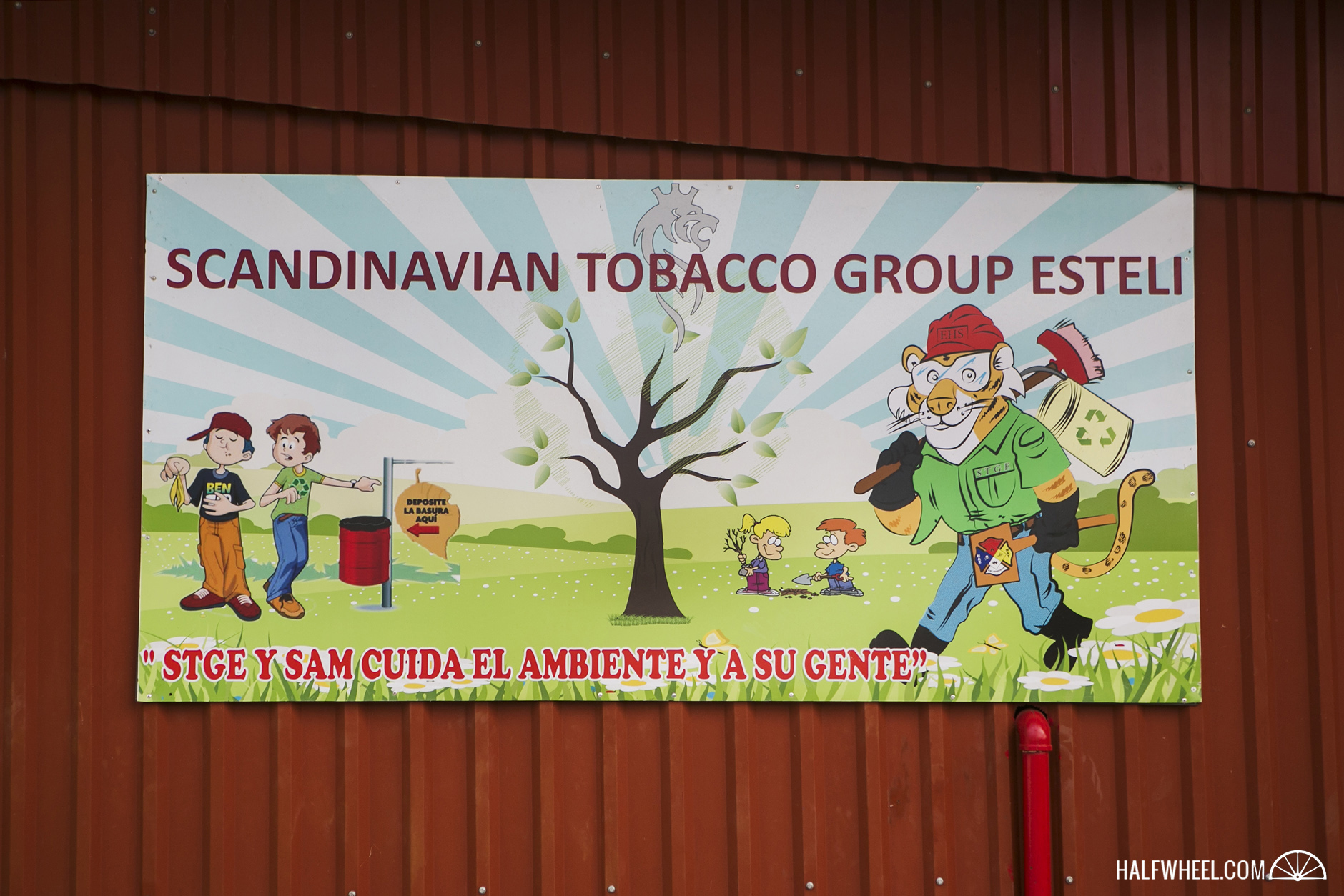 We were told about STG Estelí’s environmental program, where workers from the factory volunteer to do ecological projects like planting trees outside the factory.
We were told about STG Estelí’s environmental program, where workers from the factory volunteer to do ecological projects like planting trees outside the factory.
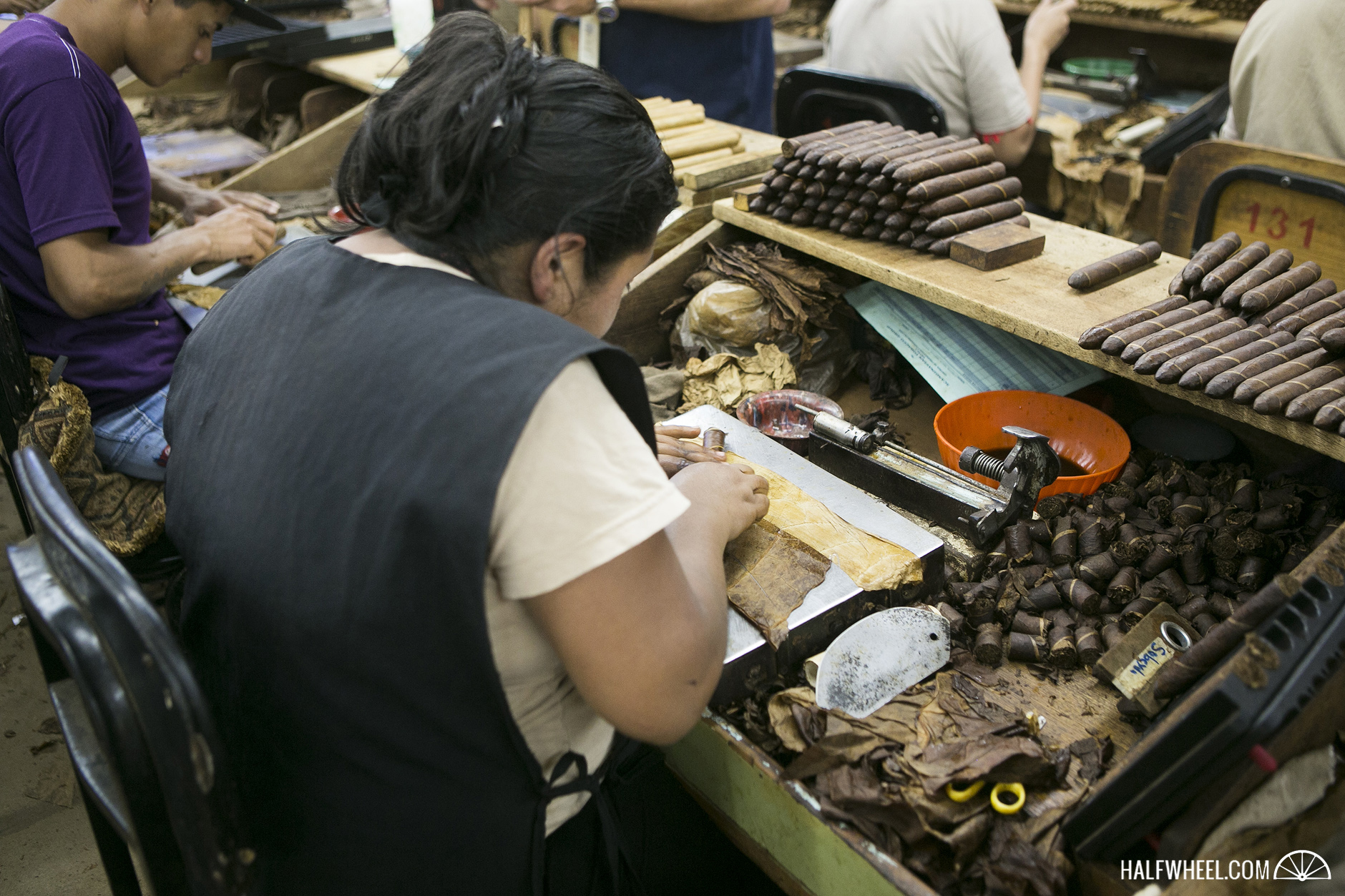
The complicated way the CAO America barberpoles are rolled.

The new Toraño Vaults, which were announced while I was on the tour.

The pick-up soccer game going on as we were leaving.
After departing STG Estelí, we headed to our hotels. Patrick and I were staying at Hotel Don Vito. For those wondering about Don Vito, it’s clean, the staff is nice, it’s safe. It’s very committed to its Catholic mission—smoking is not welcomed, alcohol is not allowed to be consumed in the hotel and guests of any kind are not welcome. The hotel was packed when we were there, something I imagine is not usually the case, so the wifi was a bit slow, though usable. The hot water was scarce. I’d much rather stay at Los Arcos or Hex, but Don Vito works.
After that, we headed to dinner, held at Tabacalera Tambor de Estelí S.A., the factory known for producing Victor Calvo cigars. The video shot by Patrick Lagreid sums up dinner better than I could.

